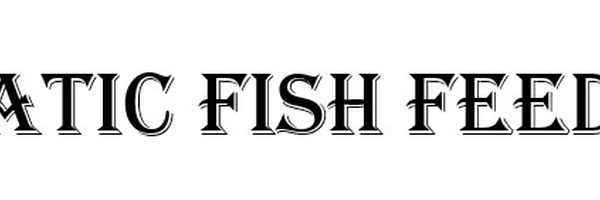Automatic Fish Feeder
Grade 7
Presentation
Problem
The problem addressed by this project is the challenge of consistently feeding fish in aquariums, particularly when owners are away or have irregular schedules. Inconsistent feeding can lead to health issues for the fish, affecting their growth and overall well-being. Moreover, manually feeding fish can be time-consuming and prone to human error.
Method
The automatic fish feeder was designed and built usingan arduino uno, gears, one motor, a switch, a pill compartment, and a fish food container. The feeder operates on a programmable schedule, dispensing precise portions of fish food at set intervals. The programming interface allows users to customize feeding times and portion sizes according to the specific needs of their fish.
Analysis
The effectiveness of the automatic fish feeder was evaluated through a series of tests measuring feeding accuracy, reliability, and impact on fish health. Data was collected on the consistency of portion sizes, the frequency of feedings, and observations of fish behavior and health over time. Statistical analysis was conducted to determine any significant differences between manual and automated feeding regimes.
Conclusion
The automatic fish feeder successfully addressed the problem of inconsistent feeding and provided a reliable solution for aquarium enthusiasts. The device demonstrated consistent portioning and timing of feedings, leading to improved fish health and well-being compared to manual feeding methods. Overall, the project achieved its objective of automating the feeding process while ensuring the health and vitality of the fish.
Citations
1. https://fishlab.com/automatic-fish-feeder/
2. https://www.yeggi.com/q/automatic+fish+feeder/
3. https://www.aqueon.com/articles/how-to-properly-feed-your-fish
4. https://www.aquariumcoop.com/blogs/aquarium/how-often-to-feed-fish
5. https://aquariumscience.org/index.php/3-3-amount-of-fish-food/
6. https://www.youtube.com/watch?v=mlFIvd3I5GI
Acknowledgement
I would like to express my gratitude to Mr.Maruyama and my parents for their support, guidance, and contributions to this project. Their assistance was invaluable in the successful development and execution of the automatic fish feeder.

